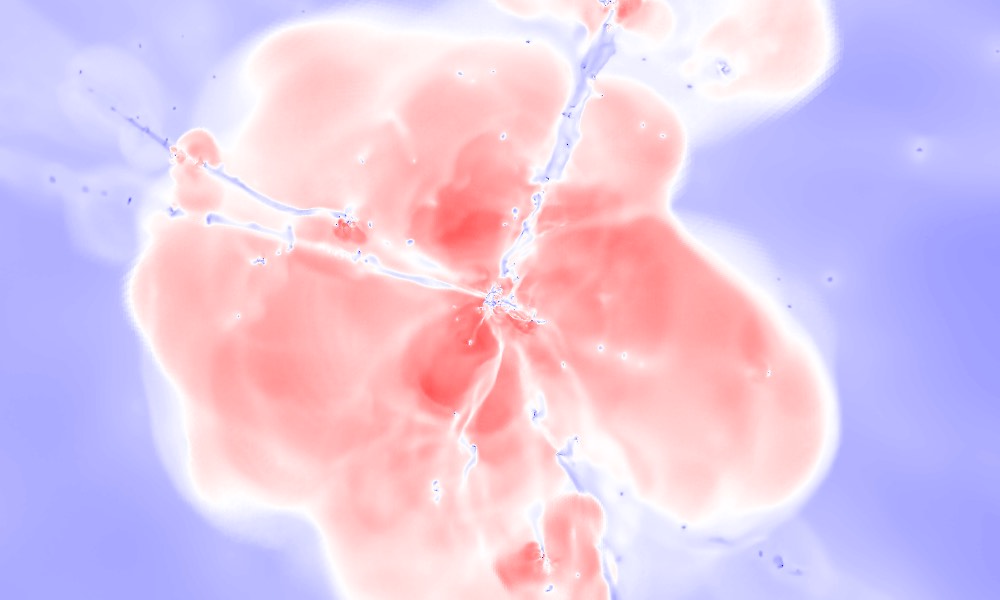Ramses is an open source code to model astrophysical systems. It describes self-gravitating, magnetised, compressible, radiative fluid flows with Adaptive Mesh Refinement (AMR), and has been widely used for cosmological simulations of the Universe, isolated as well as cosmological resimulations of individual galaxies, simulations of molecular clouds, star formation, supernovae remnants, accretion disks around black holes and planets. Ramses was written by Romain Teyssier, and is now used and developed by a growing community of astrophysicists all around the world, with many groups in France, United Kingdom, Danemark, South Korea and the United States.
The goal of this website is to promote the activities of the Ramses community in France and internationally. It is edited by the RAMSES SNO (see this page for more details about this structure).
Events
RAMSES Dev School
(Lyon)

RAMSES Users School
(Paris, Date TBD)

News
-
New Ramses Release 2025.05

Following the Ramses User Meeting 2025 in Strasbourg, a new version of Ramses with the developments made this year was released.
Projects
-
The SPHINX project

The SPHINX suite of cosmological radiation-hydrodynamical simulations is designed to simultaneously capture large-scale reionization and the escape of ionizing radiation from thousands of resolved galaxies during the first billion years of the Universe. The SPHINX volumes resolve haloes down to the atomic cooling limit and model the interstellar medium of galaxies with ≈ 10 parsec…




